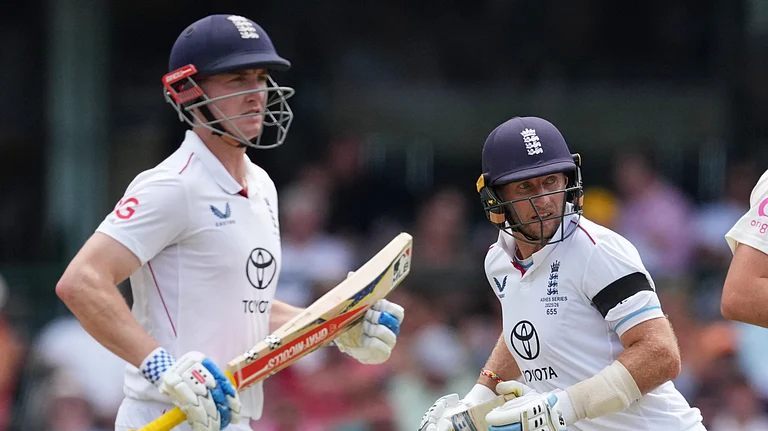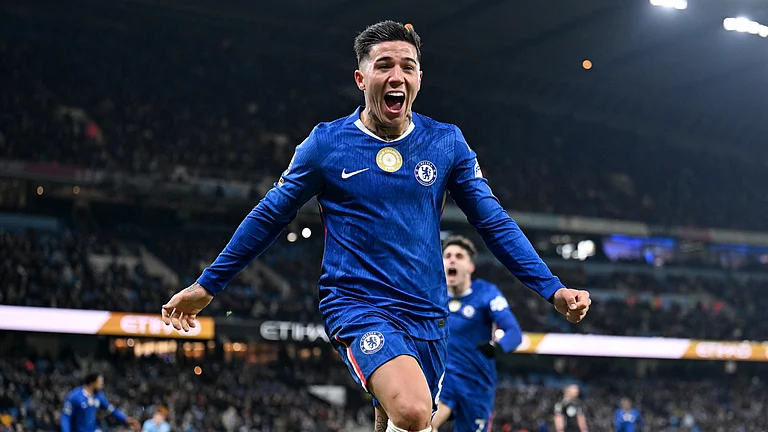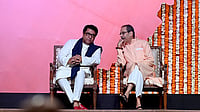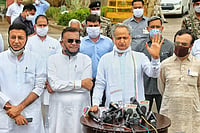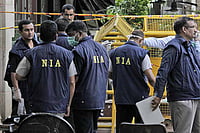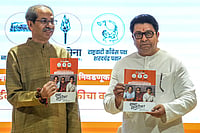How much should a government spend on education? According to the National Policy of Education, 6 per cent of the gdp. India spends a little less than 4 per cent, as did countries like South Korea and Japan that achieved high literacy post-World War II. China spends only 2.6 per cent.
The quality of expenditure is thus more important than the quantity. The Centre spends Rs 1,000 per year on a child, while in cities like Mumbai, its higher at Rs 4,400. Yet, independent studies have found that on average, four years of schooling generates two years of learning levels across the country. Most government spending is like water carried in a bucket with a hole - in primary education, salaries account for 97 per cent of the budget. But the proponents of higher-spending-for-more-education pin their hopes on some part of the increased spending finally reaching the beneficiaries.
Parth J. Shah, president, Centre for Civil Society, disagrees: "Its easy to spend more money that will keep all stakeholders in our education system happy - politicians, bureaucrats, and educationists. Except parents and children, in whose name the money will be spent."
That performance isnt linked to subsidies alone is proved within the country. Only 48 per cent of rural children in Kerala get education free and 2 per cent get textbooks and supplies free. Yet, the state has 91 per cent literacy and only 2 per cent of children never enrolled in school.
In the 90s, a high level of income deficits have made for a steep drop in government sponsoring of education. In many places, the gaps been filled effectively by parental initiatives or government supplementing private efforts. Sixty per cent of primary schools in Kerala are private (the national average is 5 per cent), with government providing both education and transport subsidy.
Its also in Kerala that the poor spend 36 per cent of their income on their childrens basic education. Even when primary education is free, a child has to buy schoolbags, notebooks, pencils, waterbottles, also uniforms in some areas. Such costs, which pinch a poorer family more than a rich one, is even more surprising considering that the child may not even graduate to standard four or five.
Studies have now found that parental apathy towards sending children to school has more to do with the quality of education than its own financial capability. This has resulted in the recent spurt in the number of private schools. The probe report found that more than half of the private school children came from casual labour and scheduled caste/tribe households. Even in education-starved UP, where 52 per cent of the villages dont have a school, 36 per cent of school-going children are in private schools.









